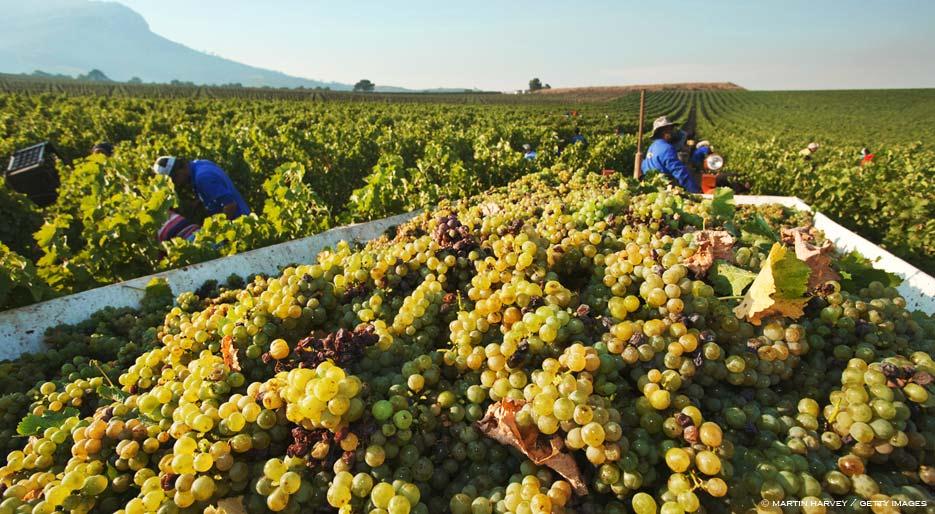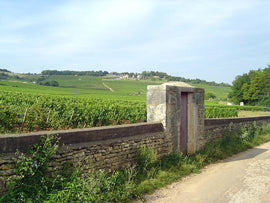We return to Abruzzo ten years after the April 9, 2009 earthquake which devastated a wide part of the region, bringing death to and damaging L’Aquila, the region’s capital, to the degree that today the ancient part of the town is still inaccessible. This part of Italy has, in recent years, been subject to intense seismic activity that has caused more death and destruction such as in Amatrice, only 31 miles from L’Aquila. But the aftermath of those tragic events are a testament to the strength of the people of Abruzzo, who responded with courage and determination, working hard to overcome their losses.
Abruzzo is a region in which the economy depends mostly on its agriculture and tourism.
It is the site of two major national parks, Majella and Gran Sasso, with high mountain peaks and an abundance of wildlife. It offers skiing during winter and early spring and hiking and outdoor activities in the warm months. For those who love lounging on the beach there is plenty of that on the Adriatic coastline of the region. The local seafood is amazing. And then there is the wine!
Wine production in Abruzzo has reached a high level of excellence today. Names like Masciarelli, Torre dei Beati, or Valentini are familiar to many consumers in Italy and around the world. World-renowned winemaker Emidio Pepe’s wines have reached a status that is reserved only for top wine producers in terms of price and availability, making his bottles very hard to come by (we hope to get some for the store very soon) and quite expensive.. Abruzzo is no longer a rising star but a bright reality for those looking for natural beauty in the landscape and in the bottle.
Elio Longobardi, Italian Wine Specialist
PlumpJack Wine & Spirits – Noe Valley
Cirelli La Collina Biologica, Ceresuolo d’Abruzzo DOC 2017
Francesco Cirelli and his wife, Michela, have been making wine since 2008 near the small village of Atri, five miles from the Adriatic Sea, in the hilly area known as Colline Teramane in the province of Teramo. Francesco purchased 33 hectares of land in 2003 with the purpose of making organic wines. They use no oak for ageing; only stainless steel tanks or amphora vessels, and with minimal intervention in the vineyard and in the cellar. All their wines are unfiltered and unfined.
The farm grows its food and wine in total respect of organic agriculture. Nature sets the rules and dictates the rhythm of every activity. The animals’ interactions with the land offer natural grazing and fertilization of the vines, which means there is no need to use harmful chemical substances.
There are three grapes grown at Cirelli: Trebbiano and Pecorino as white varietals, and Montepulciano d’Abruzzo (not to be confused with Vino Nobile di Montepulciano which is made with Prugnolo Gentile, also a Sangiovese clone, in Tuscany) as red. They bottle each wine in stainless steel and amphora versions. Francesco is one of the pioneers in using this ancient method of ageing wine. Previously we used their Montepulciano d’Abruzzo in Amphora for another segment of this Italian Wine Club dedicated to Abruzzi. Today we are going to try the Cerasuolo d’Abruzzo, a rosé wine made in the stainless steel tanks.
Cirelli Cerasuolo d’Abruzzo is made only with Montepulciano d’Abruzzo grapes. It’s a bright pink cherry color in the glass; this is because the grape contains more antioxidants than other varietals and makes this wine suitable for longer ageing than other rosé wines. A flinty minerality wraps the fruity notes of dark cherry with a light peppery hint. Strawberry, pomegranate, and a crunchy cherry fruitiness welcome the first sip, priming your palate for the next.
The pairing for this wine goes from fresh cheeses, toasted bread with brushed garlic and good extra virgin olive oil, to light pasta dishes and pizza Margherita, or with a juicy hamburger as I did tonight!
Praesidium, Montepulciano d’Abruzzo Riserva DOC 2013
Enzo and Lucia Pasquale started this family-run winery in 1988 in the small town of Prezza, in the province of L’Aquila. Enzo was born here and has been involved with this land since he was a kid working the vines his grandparents owned. For him it was a natural evolution to become a farmer and to make his own wine. Praesidium was the Latin name of Prezza. Due to its strategic position on a hill elevation of 600 meters above sea level, this village was used since the Roman times to keep an eye on the valleys below and around; Valle Peligna and Conca di Sulmona. Enzo choose Praesidium as the name for his winery in honor of the traditions of his territory. Today with the help of their kids, Antonia and Ottaviano, the Pasquale family are working the 5 hectares of vineyards using only organic methods, like the use of green manure techniques to fertilize and use of only copper and sulfur compounds as pesticides.
Here, in the Valle Peligna, are the origins of the Montepulciano grape varietal. The soil, of alluvial origin, is ideal for growing the Montepulciano vines. It is clayish, calcareous, and particularly rich with white calcareous stones that help the water to drain. The substrate of the soil is mainly rocky. For this reason Montepulciano is the sole varietal that the Pasquale family grows. They bottle only two wines, a Cerasuolo d’Abruzzo (rosato) and this Montepulciano Riserva.
Praesidium Montepulciano d’Abruzzo Riserva grapes come from 30 years old vines from vineyards at 400 meters elevation (1247 feet). The microclimate of this territory is very windy, keeping the humidity low. This, along with the temperature ranging from very hot during the day to very cold at night, helps to produce a healthy and rich fruit.
Tasting notes: dark garnet in the glass; a bouquet of fresh herbs like thyme, marjoram, underbrush, and ripe plum fruit at the nose; currants and balsamic spices along with fresh and smooth tannins to the taste. The wine calls for stuffed pasta with white or red sauce, roasted lamb, grilled goat kebabs, pecorino cheese, or Agnello cacio e uova (see recipe).
Agnello cacio e uova
(Lamb stew with cheese and egg sauce)
This is a simple dish of the region, especially in the spring.
Ingredients (serves 4)
- 5 lb. Lamb meat for stew
- 5 eggs
- 5 oz. pecorino cheese grated
- 3 garlic cloves
- 4 tbsp. extra virgin olive oil
- 1 cup dry white wine
- Salt & pepper
- Cut the meat in ½ inch cubes, rinse under cold water, and dry with a paper towel
- In a large cast iron pan heat the oil with the garlic cloves
- When the garlic gets a nice golden color, add the lamb
- Turn the heat to medium high, stir the meat until seared evenly
- Now, pour the wine, add salt & pepper, reduce the flame and cook for 25-30 minutes until the liquid has been absorbed and the meat feels tender
- Meanwhile beat the eggs and pecorino cheese together
- Add this sauce to the meat, stirring fast so it doesn’t stick to the pan, for 5 minutes, until you get a smooth velvety cream
- Serve with a side of wild greens or radicchio salad.





